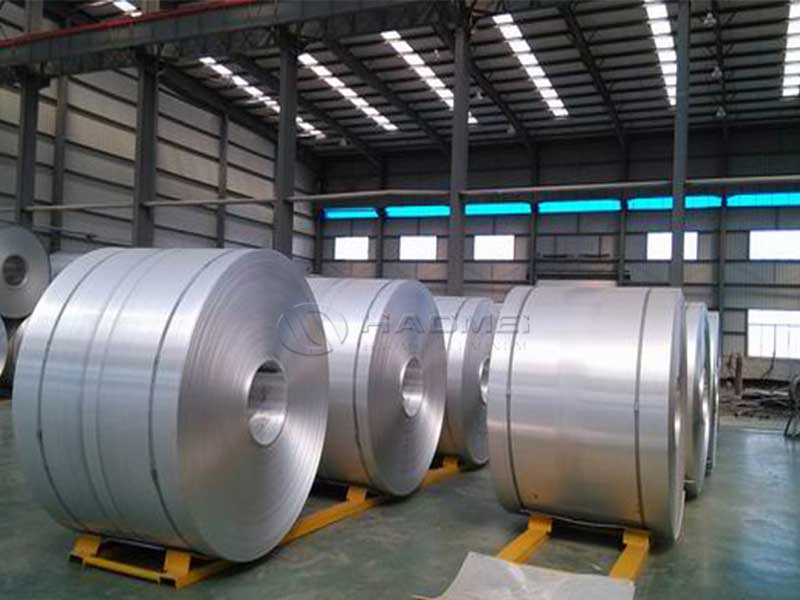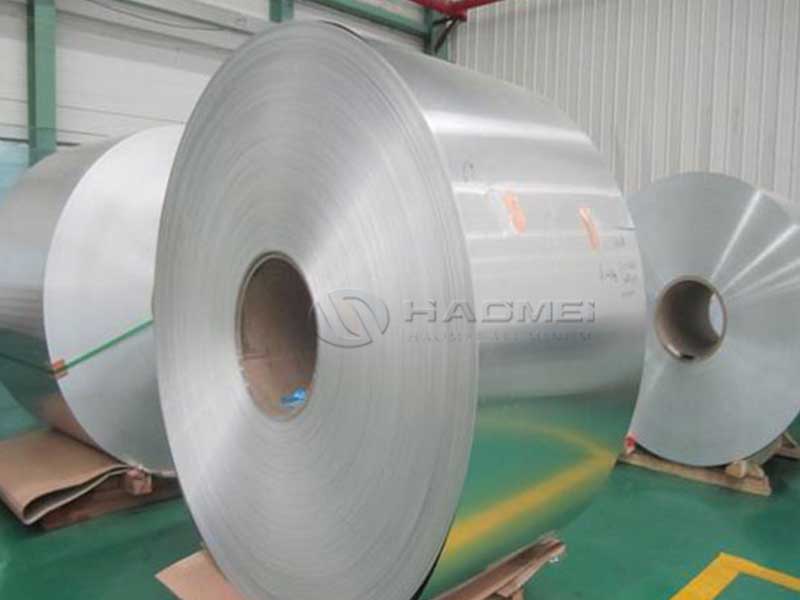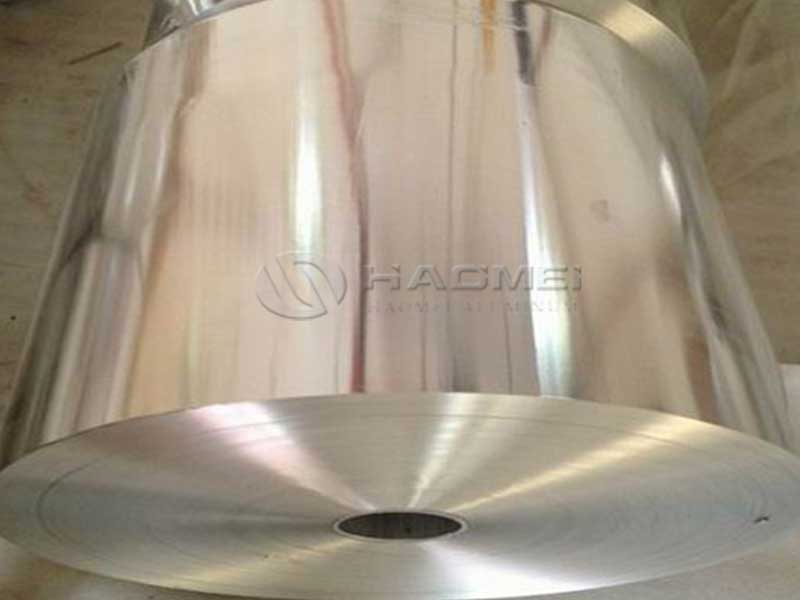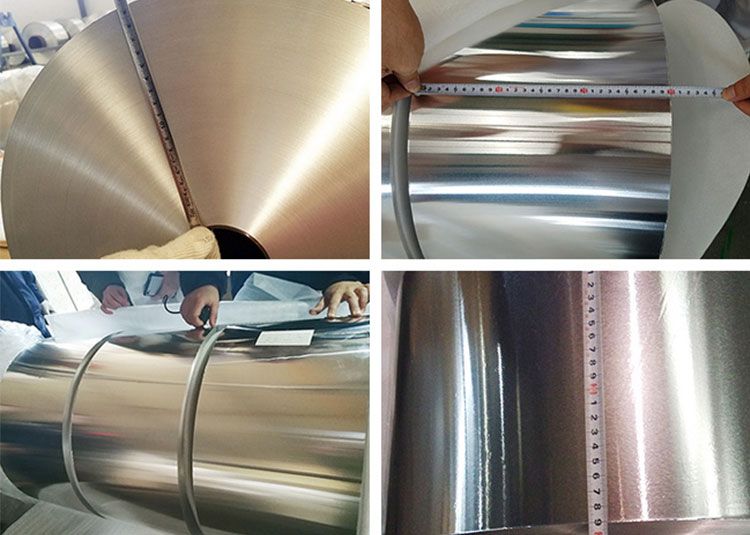In the modern spectrum of electrical and telecommunication engineering, effective cable shielding is crucial to ensure signal integrity, reduce electromagnetic interference (EMI), and protect cables from environmental and mechanical damage. Aluminum foil for cable shielding wrapping is one of the core materials fulfilling this role efficiently due to its intrinsic properties and technical advantages.
the Role of Aluminum Foil in Cable Shielding
Cable shielding is essentially about creating a barrier that blocks external electromagnetic fields and limits electromagnetic emissions from the cable itself. Aluminum foil acts as a thin, highly conductive metal layer that envelops the cable core or intertwined insulated wires, serving several functions:
- Electromagnetic Interference (EMI) Shielding: Aluminum foil provides a continuous conductive barrier that attenuates high-frequency interference, essential to maintain signal quality.
- Radio Frequency Interference (RFI) Protection: Due to its excellent conductivity and reflectivity, aluminum foil reflects and dissipates emitted radio frequencies preventing them from affecting nearby circuits.
- Mechanical Protection and Environmental Resistance: Apart from electrical sealing, foil adds a lightweight mechanical layer to withstand bending and abrasion. It also acts as a moisture and chemical barrier.
Material Characteristics and Alloy Specifications
For cable shielding purposes, the typical aluminum foil used is manufactured from high-purity aluminum or an aluminum alloy, optimizing conductivity and flexibility.
Water-white, high-purity aluminum sheets suitable for cable wrap commonly have :
| Property | Parameter |
|---|---|
| Alloy | 1235-H14 (Aluminum > 99.3% purity) |
| Thickness | 6–50 µm (microns) |
| Tempering | Annealed (O) or Semi-Hard (H14) |
| Density | 2.7 g/cm³ |
| Electrical Conductivity | ~59 × 10^6 S/m |
| Tensile Strength | approx. 70 MPa (Ϭ_b in H14 temper) |
| Elongation at break | varies 3 – 20 % depending on temper |
| Melting Range | 660–680 °C |
| Surface Finish | Bright, matte, or heavy embossed |
On Alloy Tempering:1235 alloy (commercially pure) is widely used in conductor and shielding applications because of excellent corrosion resistance, non-magnetic properties, and high thermal conductivity. The tempering process (for example, H14 semi-hard state) balances tensile strength and formability, contributing to foil durability under winding and bending stresses during cable manufacturing.
Technical Specifications in Cable Wrapping Applications
- Electrical Shielding Effectiveness: The conductivity of aluminum foil translates to low resistance losses and establishes an effective barrier against external electromagnetic fields. For optimal shielding, manufacturers combine foil wrap with woven copper or tinned copper drain wires to ensure grounding.
- Foil Overlap and Width: Typically, during production, the aluminum foil strip is wrapped helically or longitudinally with an overlap percentage of between 10 – 33%, optimizing continuous coverage and minimize EMI paths.
- Compatibility with Insulation Layers: The high chemical stability of aluminum foil ensures compatibility with polyethylene (PE), polyurethane (PU), or polyvinyl chloride (PVC) insulation without adverse reactions.
Implementation Standards and Industry Guidelines
When selecting and applying aluminum foil in cable shielding, compliance with international coding and production standards guarantees performance and safety:
| Standard or Guideline | Description |
|---|---|
| IEC 61196-1 through IEC 61196-14 | SeriesOf International Standards on coaxial and other types of cables detailing shielding. |
| ASTM B479 / B479M | Specification for Aluminum Sheet, Strip, and Plate. Defines alloy and temper specs fundamental to shielding. |
| UL 2196 Standard for Cable Shielding | Addresses electrical and mechanical requirements and testing applicable for critical cable parts. |
| RoHS Compliance | Ensures restricted substances are avoided in aluminum and wrappers for environmental standards. |
Chemical Composition: 1235 Aluminum Foil Typical Alloy Breakdown
| Element | Content (Weight %) |
|---|---|
| Aluminum (Al) | > 99.30 |
| Copper (Cu) | 0.05 |
| Iron (Fe) | 0.40 |
| Manganese (Mn) | 0.05 |
| Magnesium (Mg) | 0.02 |
| Silicon (Si) | 0.25 |
| Titanium (Ti) | 0.03 |
Purity and exact content control promotes excellent conductivity, corrosion resistance, and thermal stability necessary for reliable shielding performance.
Application Examples and Use Cases
- Telecommunications Cables: Primarily shield twisted pairs and coaxial assemblies, improving noise sensitivity and signal-to-noise ratio.
- Automotive Wiring Harnesses: Foil shields prevent interference from fluctuating magnetic fields generated by alternators, ignition coils, or sensors inside vehicular environments.
- Industrial Control Cables: In high-electrical-noise factory settings, foil elements pair with braided shields to provide EMI suppression.
- Audio and Video Signal Cables: Maintaining high fidelity by preventing noise contamination from external and adjacent channels.
In cable fabrication, manufacturers usually wrap the aluminum foil around the insulated conductor under stringent tension controls facilitated by sophisticated machinery to prevent undue crease or puncture leading to potential shielding integrity breaches.













